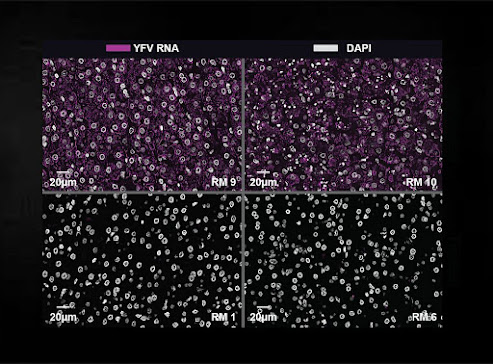 |
| Plate tectonics melts and mixes rocks to create magmas with specific chemical makeups. Rochester geologists are using that chemical evidence to unlock information about plate tectonic activity on Earth more than 4 billion years ago. Photo Credit: Tetiana Grypachevska |
Zircon crystals and magmas reveal new information about plate tectonic activity on Earth billions of years ago.
Earth is a dynamic and constantly changing planet. From the formation of mountains and oceans to the eruption of volcanoes, the surface of our planet is in a constant state of flux. At the heart of these changes lies the powerful force of plate tectonics—the movements of Earth’s crustal plates. This fundamental process has shaped the current topography of our planet and continues to play a role in its future.
But what was plate tectonic activity like during early Earth? And was the process even occurring during the time when life is thought to have formed?
“The dynamic tectonic nature of the modern Earth is one of the reasons why life exists today,” says Wriju Chowdhury, a postdoctoral research associate in the lab of Dustin Trail, an associate professor of earth and environmental sciences at the University of Rochester. “Exploring the geodynamics and the lithological diversity of the early Earth could lead to revelations of how life first began on our planet.”


.jpg)


.jpg)









.jpg)
